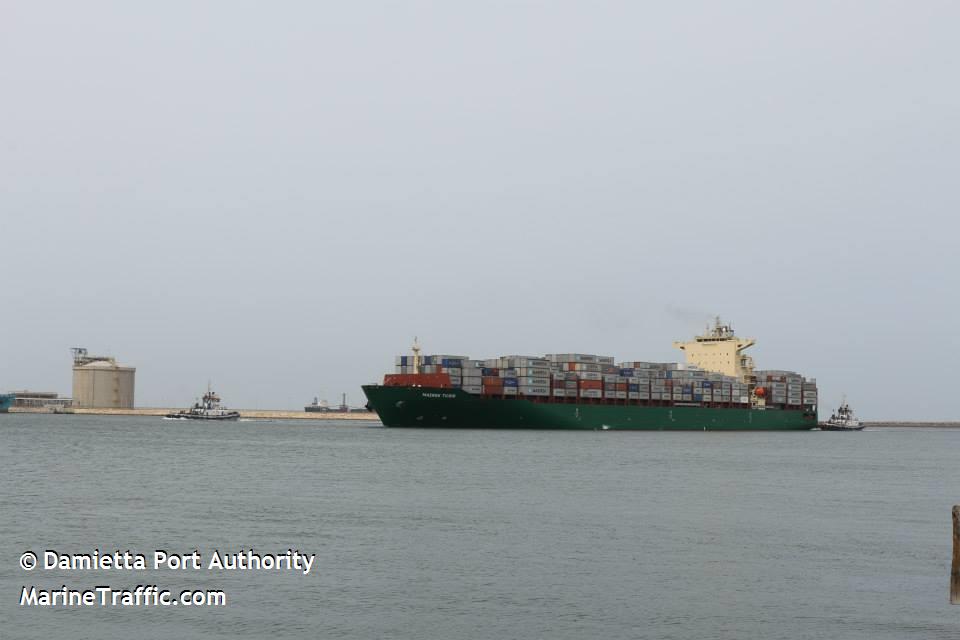
The Iranian government released merchant ship M/V Maersk Tigris after being detained by the Iranian Revolutionary Guard Corps Navy (IRGCN) in the Strait of Hormuz on April 28, both the Iranian government and the Maersk shipping company annouced on Thursday.
The ship is currently underway from its anchorage off of Bandar Abbas, a U.S. defense official told USNI News on Thursday.
We are very relieved to learn that the #MaerskTigris has been released.
— Maersk Group (@Maersk) May 7, 2015
Iran claimed the Marshall Islands flagged ship was held due to a almost decade-old legal dispute between the shipping line and a private Iranian company over a $10 million in lost goods.
The Iran’s Ports and Maritime Organization and the Maersk Shipping Line had reached enough of an accord over the dispute to let the ship go, according to Iranian news agency, IRNA.
“The release follows a constructive dialogue with the Iranian authorities, including the Ports and Maritime Organization, and the provision of a letter of undertaking in relation to the underlying cargo case,” read a Thursday statement from Maersk.
“We will continue our dialogue with the aim to fully resolve the cargo case.”
The seizure of the ship by the IRGCN came at a sensitive time between Iran and the U.S., both embroiled in a negotiation of a nuclear deal.
Following the seizure of Maersk Tigris — and a failed IRGCN interdiction of U.S. flagged cargo ship M/V Maersk Kensington — the U.S. Navy began accompanying U.S. and British flagged ships through the Strait of Hormuz. The Navy stopped the practice earlier this week.
Though Iran said the seizure had no political implications, the method in which the IRGCN captured the ship, surrounding Maersk Tigris in an international shipping lane and firing across its bow, has been almost universally considered odd.
“Maritime creditors often will have the ability to seize a ship to satisfy their claims. This usually occurs while the vessel is in port, and in many cases the owner will post security to allow the vessel to sail,” maritime lawyer Bruce Paulsen told USNI News last week.
“If security is not posted, usually the crew (or most of it) is repatriated, the cargo is offloaded and the ship is kept in port pending the litigation and possible auction. It is usually an orderly legal process. While I do not know Iranian law, I have handled many ship arrests, and have experienced none that were handled in such a manner as the seizure of the Maersk Tigris.”
Separate from the regular Iranian Navy, the IRGCN is closely tied to the sectarian forces in Iran and are constitutionally obligated to protect the Islamic faith.





